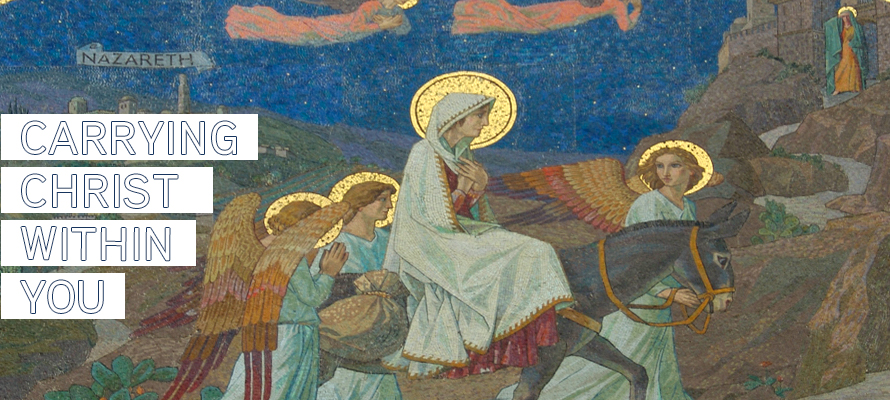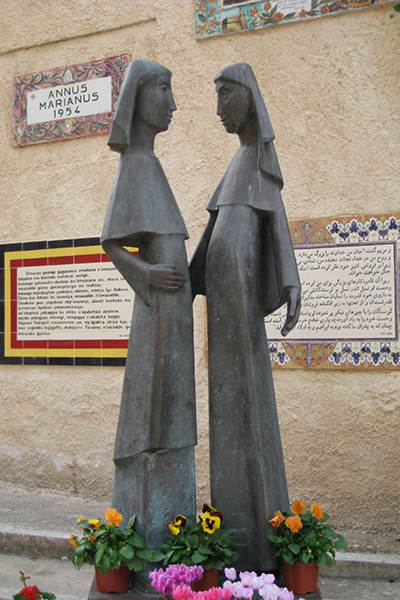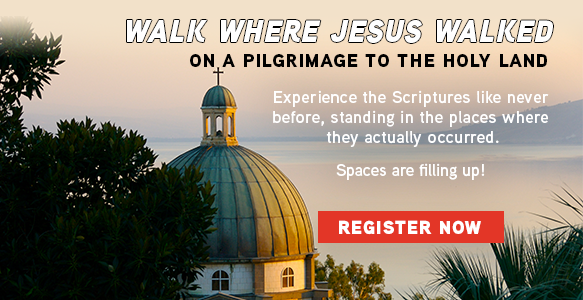
When we celebrated the feast of the Visitation on Monday, we heard in the Gospel about Mary’s journey to visit her cousin Elizabeth. After hearing news of her cousin’s pregnancy, Mary set off in haste to visit her relative. “When Elizabeth heard Mary’s greeting, the infant leaped in her womb,” and then she said, “Most blessed are you among women, and blessed is the fruit of your womb.” (Luke 1:41, 42) Afterwards, Mary proclaimed the beautiful Magnificat prayer – recited by the Church as part of the Vespers of the Liturgy of the Hours.
I have often heard sermons on how this was a great act of humility and service on the part of Our Lady – that even as she was newly pregnant with our Lord and still probably adjusting to her own situation, Mary travelled (not an easy journey) to visit her cousin and remained with her a few months. Instead of staying home and reflecting only on herself, which would have been understandable given the enormity of her fiat, she set out in haste to celebrate with and serve her relative.
More recently, however, I have learned of the beautiful Eucharistic imagery associated with this event. In Pope St. John Paul’s final encyclical Ecclesia de Eucharistia (The Church from the Eucharist), he reflected on the profound encounter between the two women by writing, “When, at the Visitation, she (Mary) bore in her womb the Word made flesh, she became in some way a “tabernacle” – the first “tabernacle” in history – in which the Son of God, still invisible to our human gaze, allowed himself to be adored by Elizabeth, radiating his light as it were through the eyes and the voice of Mary.”

At the beginning of his pontificate, Pope Benedict echoed this sentiment in an address to a prayer meeting at the Vatican gardens: “In a certain way we can say that her journey was - we like to emphasize in this Year of the Eucharist - the first "Eucharistic procession" in history. Mary, living Tabernacle of God made flesh, is the Ark of the Covenant in whom the Lord visited and redeemed his people. Jesus' presence filled her with the Holy Spirit.”
How amazing to think of Mary as the living tabernacle traveling through Galilee to the home of Elizabeth, with the Lord ensconced safely within her womb. How truly blessed is the land she walked upon in that very first Eucharistic procession. And how blessed was her cousin Elizabeth and the babe in her own womb, who leaped for joy at their greeting.
May the Feast of the Visitation encourage us all to recognize the Eucharistic Lord more – especially after we receive Him at Mass and carry him with us as we leave our churches. And may we all turn to Mary as we journey along our own pilgrimage paths, following her example as we bring the Lord with us and share Him with whomever we encounter.




